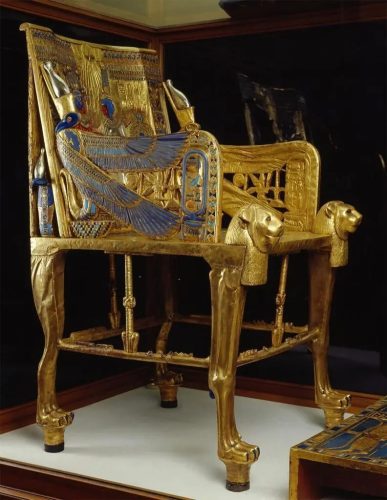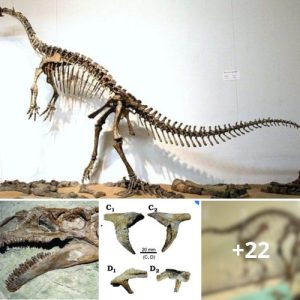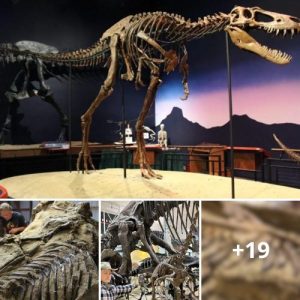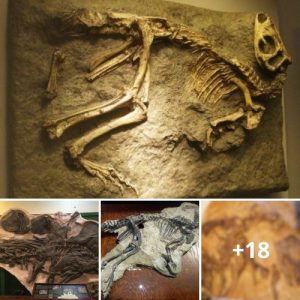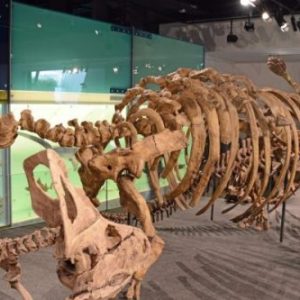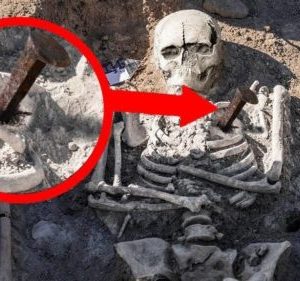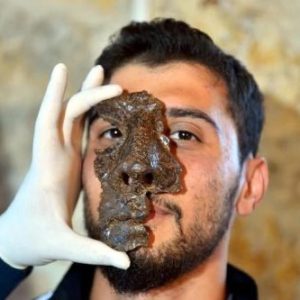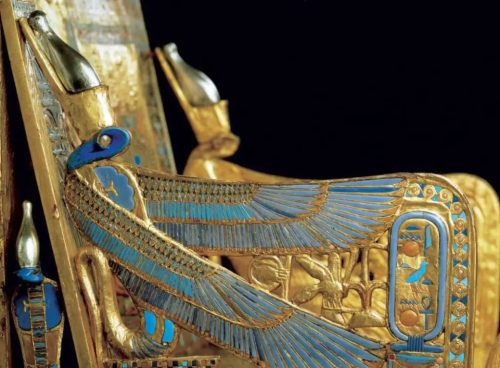
The annals of history are often written by those who leave behind tangible evidence of their existence, and few have captured the world’s imagination quite like Tutankhamun, the boy king of ancient Egypt. His tomb, discovered by Howard Carter in 1922, yielded an astonishing treasure trove of artifacts that provided a glimpse into the opulent life of Egypt’s pharaohs. Among these treasures was Tutankhamun’s throne, a seemingly ordinary object that, when examined closely by archaeologists, revealed a hidden secret that sheds new light on this ancient civilization.
The Boy King’s Legacy
Tutankhamun, often referred to as the “Boy King,” ascended to the throne of Egypt at the tender age of nine or ten, during the 18th Dynasty of the New Kingdom period (approximately 1332–1323 BC). His reign was relatively short but left an indelible mark on Egyptian history and archaeology. His tomb, located in the Valley of the Kings near Luxor, is one of the most famous archaeological discoveries of all time.
When Howard Carter and his team first entered the tomb of Tutankhamun, they were met with a breathtaking array of treasures, including golden masks, jewelry, and intricate artifacts. Among these treasures was a simple wooden throne, which at first glance appeared to be just another item in the pharaoh’s lavish collection. However, closer inspection would reveal that this unassuming object held a captivating secret.
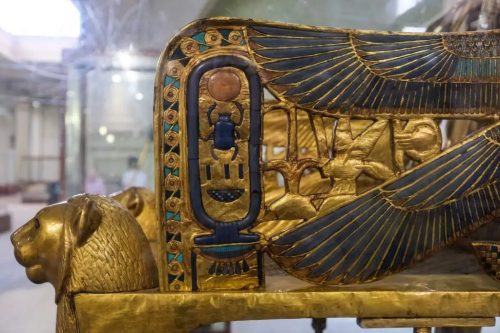
The Hidden Compartment
As archaeologists carefully examined Tutankhamun’s throne, they noticed something peculiar: a small, inconspicuous compartment built into the base of the chair. This discovery immediately sparked intrigue and speculation about its purpose. Why would a throne, a symbol of power and authority, have a hidden compartment?
Further investigation revealed that this compartment contained a collection of precious materials, including jewelry, perfumes, and ointments. It was as if Tutankhamun’s throne held a secret stash of treasures, hidden away for millennia. But why?
Unraveling the Mystery
To understand the significance of this hidden compartment, archaeologists turned to historical and cultural context. It was not uncommon for ancient Egyptians to include valuable items in tombs, as they believed these objects would accompany the deceased into the afterlife. However, Tutankhamun’s throne was unique in that it incorporated this concept into its very design.
The hidden compartment was a deliberate feature, intended to symbolize the pharaoh’s journey to the afterlife. In ancient Egyptian belief, the journey to the afterlife was fraught with dangers, and the inclusion of valuable items in the throne was a way to ensure Tutankhamun’s safe passage and continued prosperity in the next world.
Significance Beyond Wealth
The discovery of Tutankhamun’s throne and its hidden compartment offers a profound insight into the religious and cultural beliefs of ancient Egypt. It underscores the importance of the afterlife and the lengths to which the pharaohs went to ensure their continued existence in the divine realm.
Moreover, this revelation has expanded our understanding of the intricate craftsmanship and symbolism that went into the creation of everyday objects in ancient Egypt. It highlights the meticulous attention to detail that characterized the work of artisans during this period.
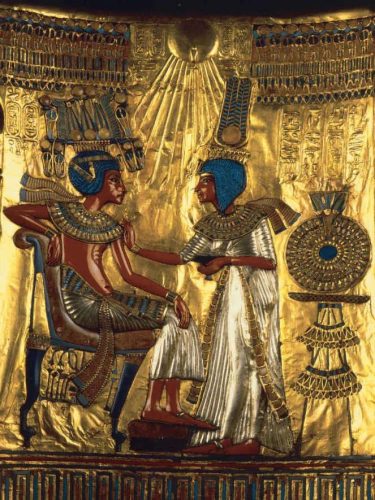
Tutankhamun’s throne, once perceived as a simple piece of furniture, has emerged as an archaeological marvel that continues to captivate the world. Its hidden compartment, containing precious treasures meant to accompany the pharaoh on his journey to the afterlife, serves as a poignant reminder of the ancient Egyptian belief in the importance of the afterlife and the lengths to which they went to ensure their pharaohs’ eternal glory.
As archaeologists continue to unravel the mysteries of ancient Egypt, discoveries like this one remind us that the past is a treasure trove of secrets waiting to be unearthed, and Tutankhamun’s throne is a testament to the enduring allure of history and archaeology.
